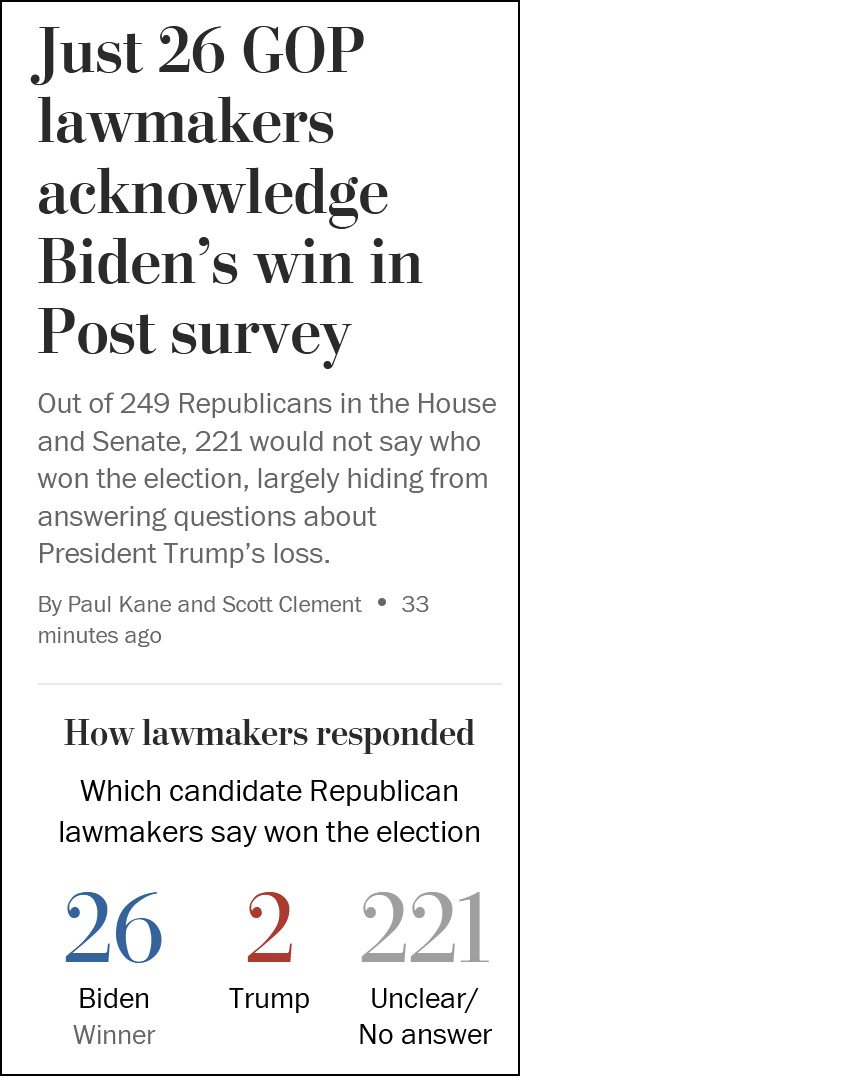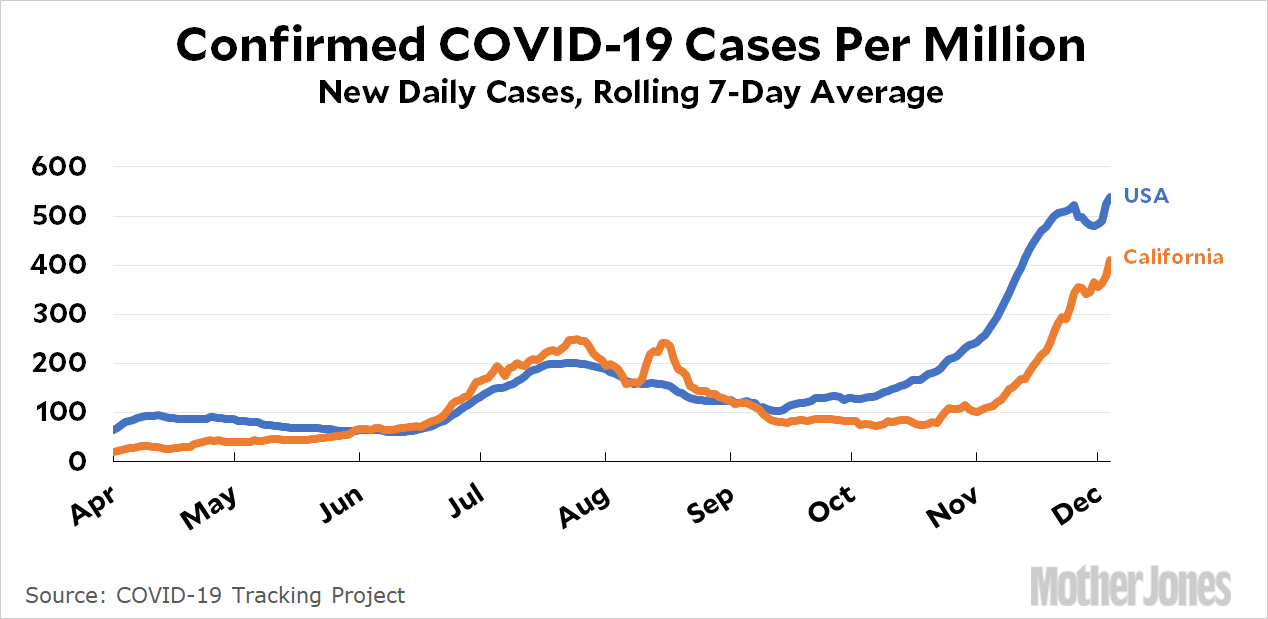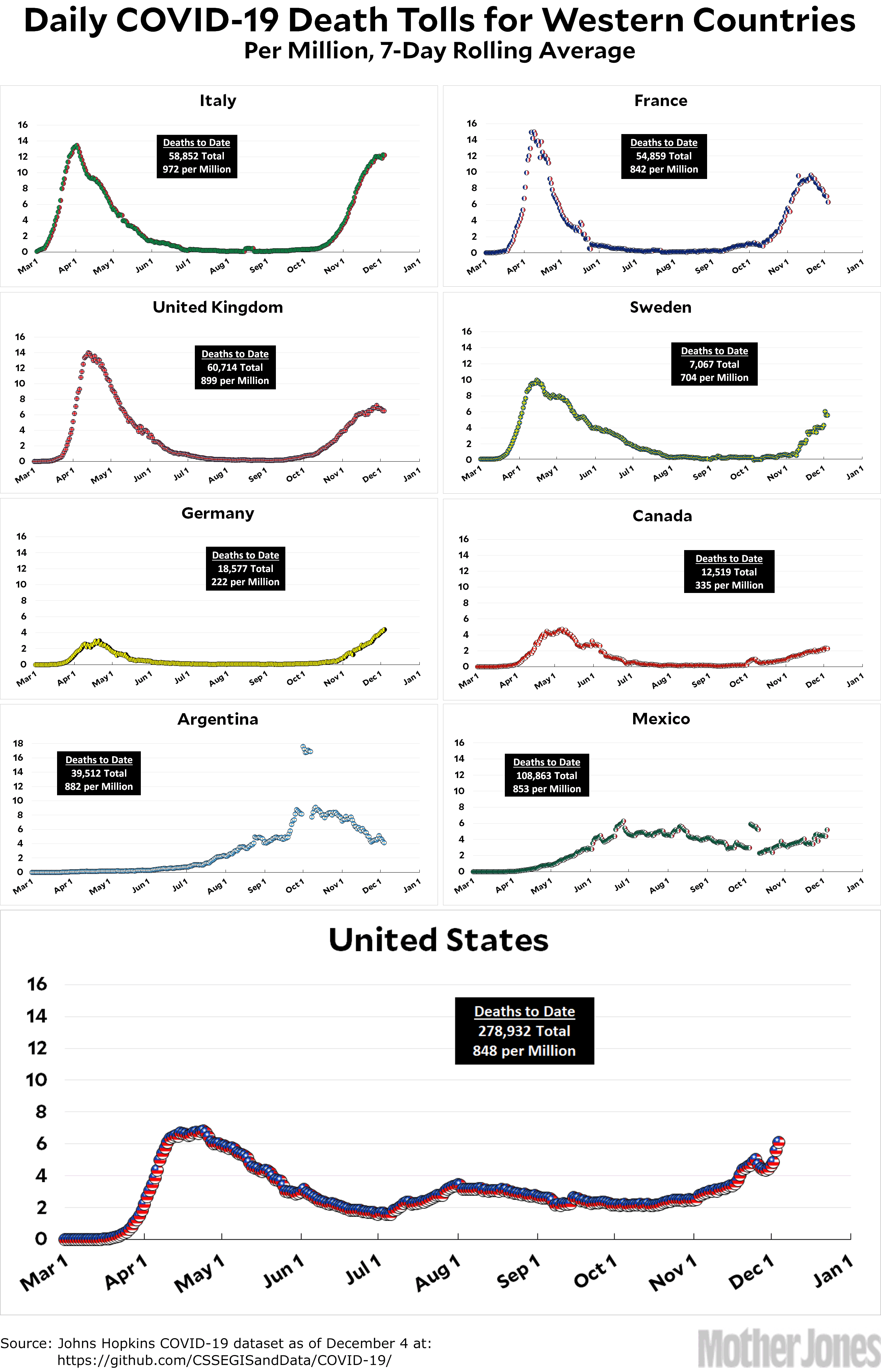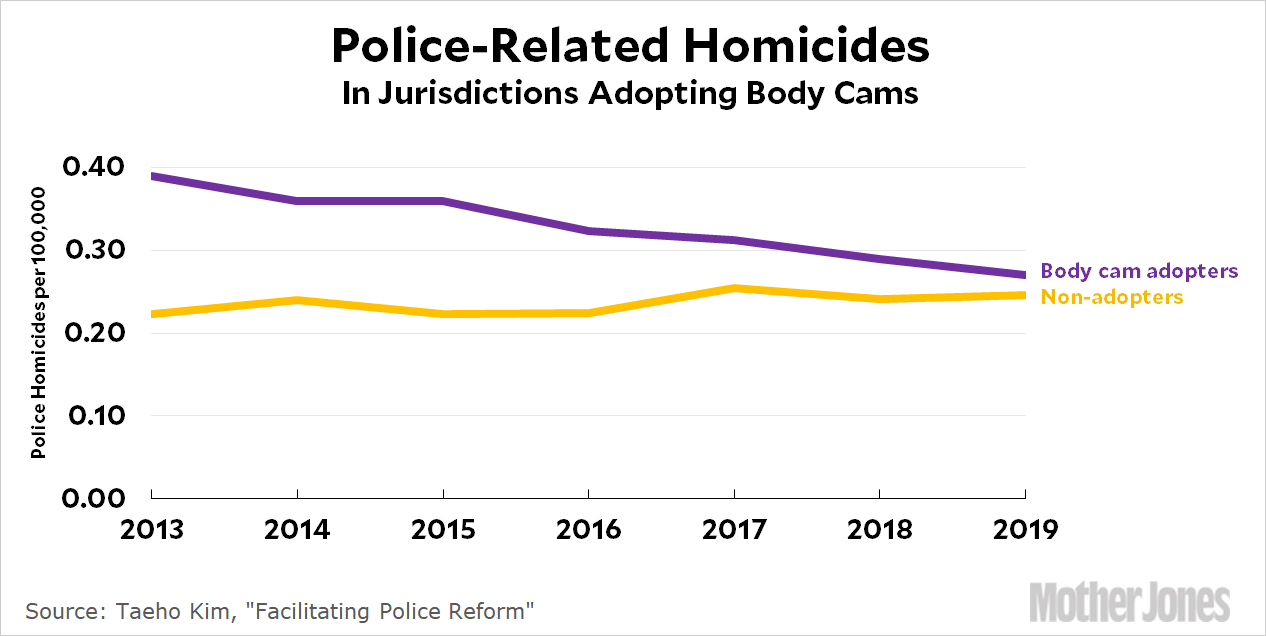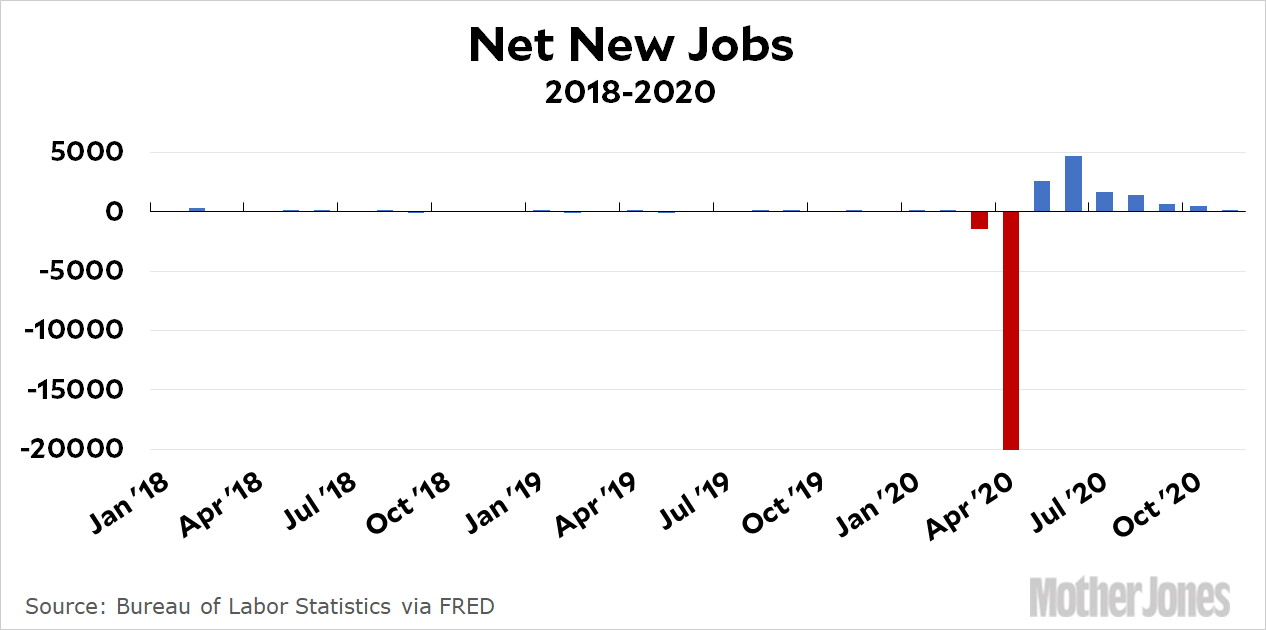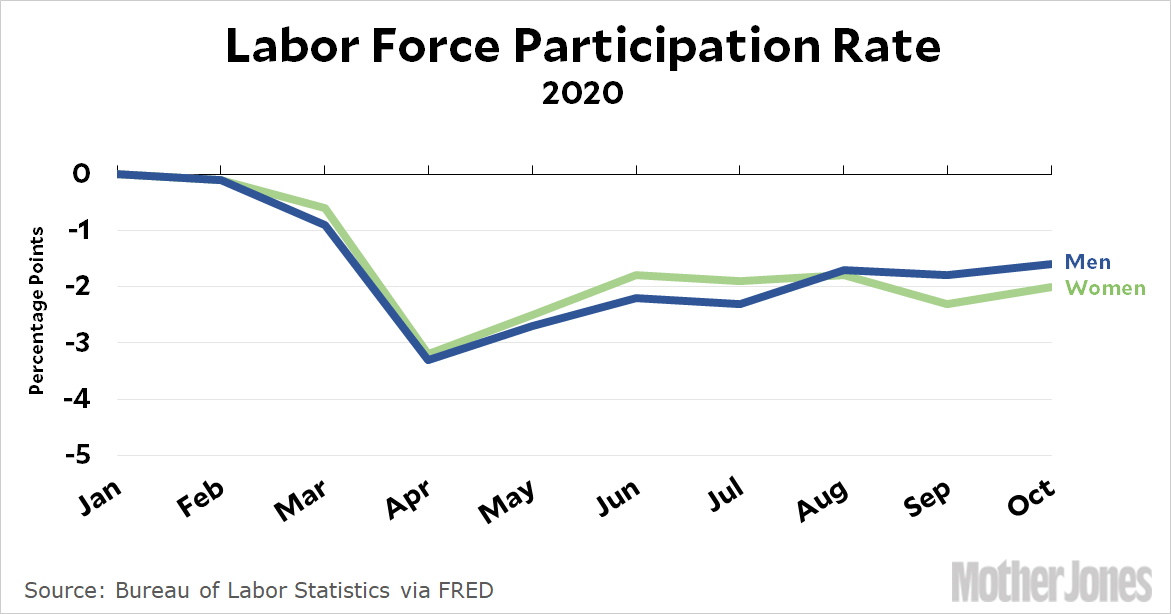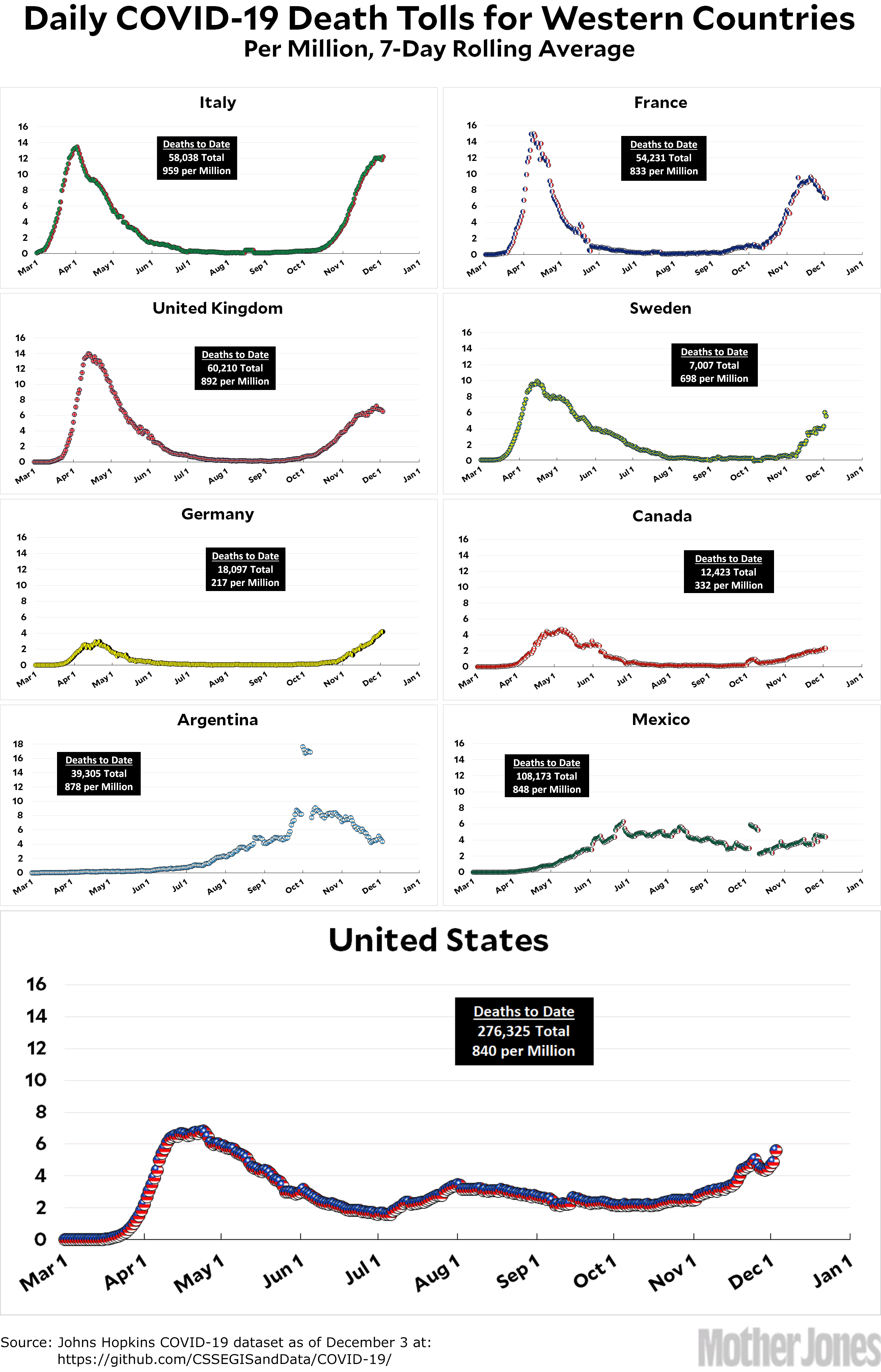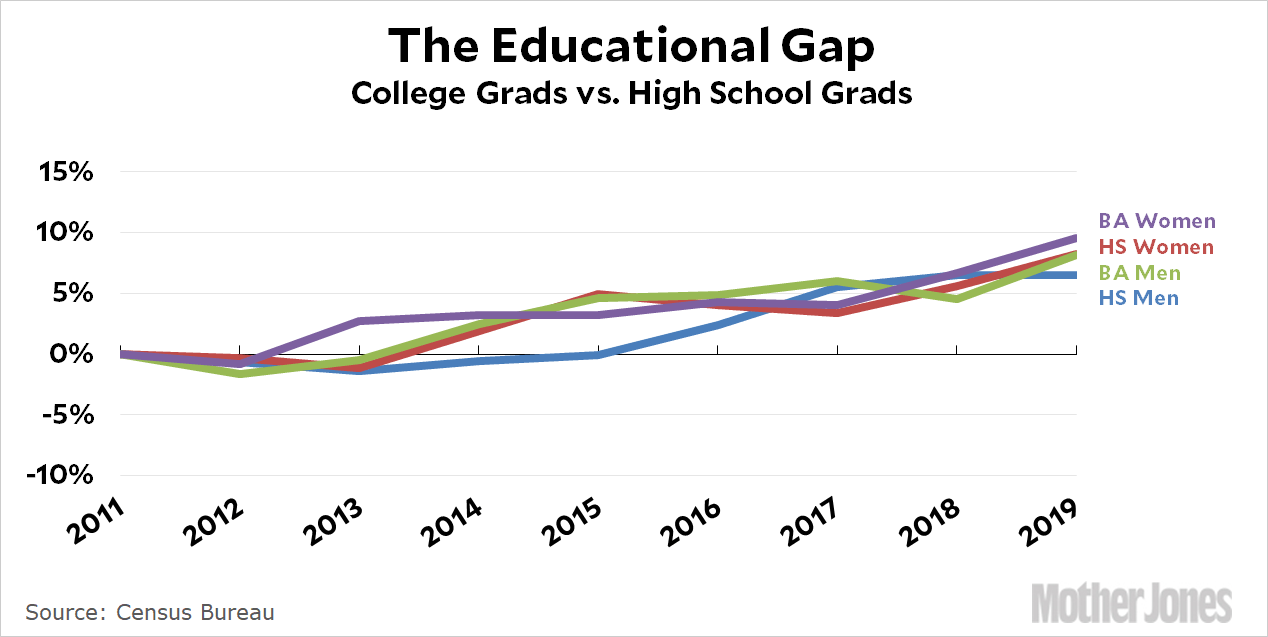
Yeah, he looks tired now. But a few days of rest at the end of January should perk him right back up.Chris Kleponis - Pool Via Cnp/CNP via ZUMA
For a long time I’ve been basically optimistic about life after Trump. It’s certainly true that Trump is a symptom of the rot in the Republican Party, not a cause of it, but it’s also true that he has personally spearheaded a phase change, if you will, that has taken the party to a whole new level of toxicity. But he could only do that because he’s a unique personality. I figured that once he was gone the party would forget he ever existed and quietly settle back into its usual role of kowtowing to millionaires and white evangelical Christians. Trump, I thought, was a blip, not a harbinger of things to come.
I still believe that, but only if Trump actually goes away. That’s why stories like this unnerve me:
President Trump has raised $495 million since mid-October, with $207.5 million of it pouring in after Election Day — an extraordinary haul resulting from Trump’s post-election fundraising effort using a blizzard of misleading appeals about the integrity of the vote.
….Much of the money raised since the election probably will go into Save America, a political action committee that the president can use for various activities after he leaves office. Some of the contributions will go toward what is left of the president’s legal fights over the certification of election results, which have failed to gain traction in the courts.
If this really is pure grift, and Trump uses the money to build a new wing at Mar-a-Lago, I’ll breathe a sigh of relief. But probably not. This kind of fundraising suggests pretty strongly that Trump plans to stay very, very active—maybe on TV, maybe doing rallies, maybe creating a whole new cable channel just for himself and his buddies. And I don’t know how to think about that. If he does this, will he retain his deathlike grip on the Republican Party? Or will he eventually fade away, like Sarah Palin?
I don’t know. But I can say that I’m a little less optimistic than I used to be.
